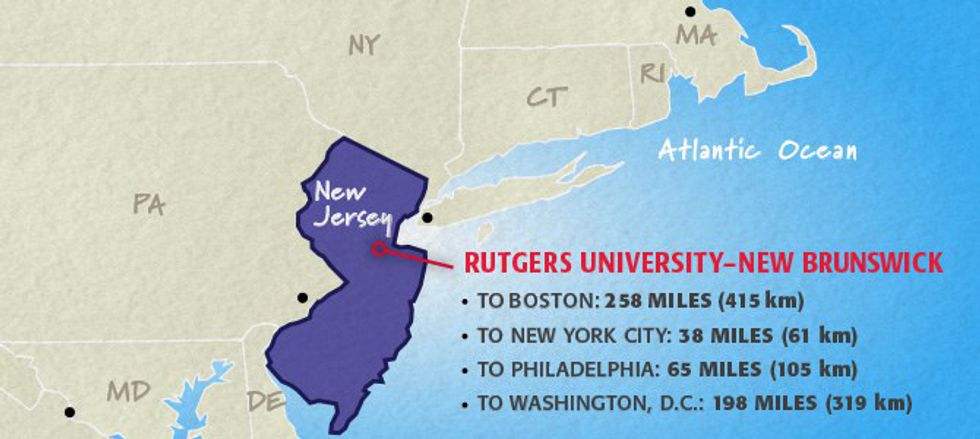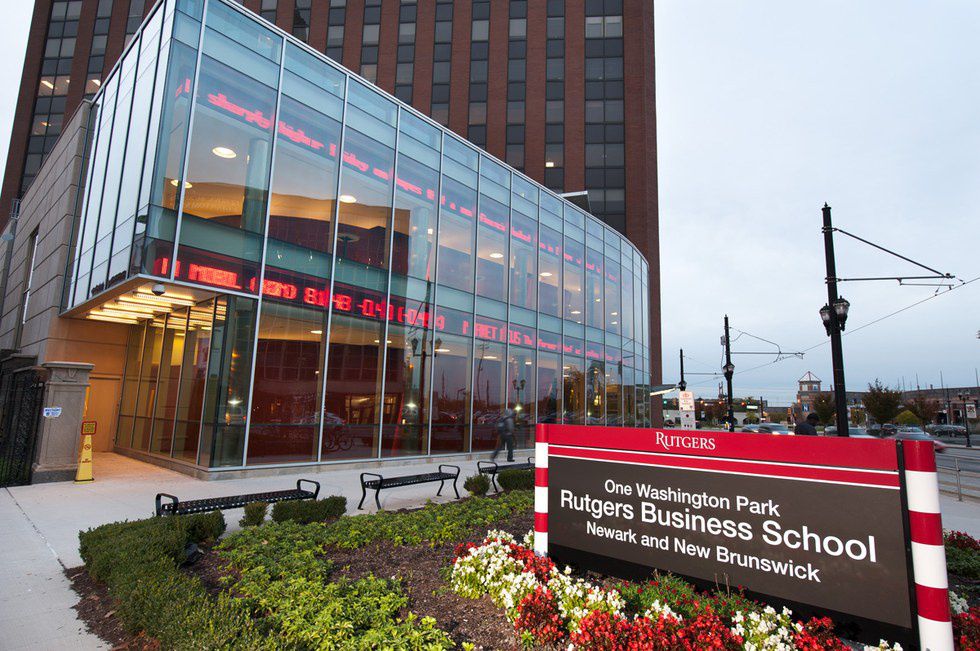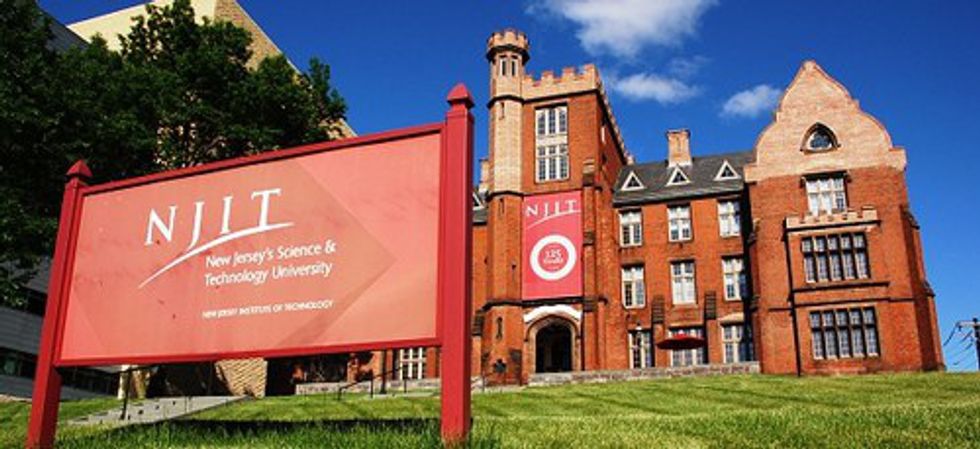Rutgers University. The State College of New Jersey is an American public research university and the largest institution for undergraduate and graduate students in New Jersey. With campuses located in New Brunswick/Piscataway, Camden and Newark, the college was originally known as Queen’s College from 1766 to 1825. In 1825, the school was renamed “Rutgers College” and then “Rutgers University” in 1925 when it began offering graduate education. As a highly accredited school nationwide, offering a plethora of options for all types of students, Rutgers was ranked 50th in the world among the top 1,0000 universities by the Saudi Arabia-based Center for World University Rankings. Rutgers is also the eighth oldest higher education institution with more than 67,000 students 22,000 faculty and staff across New Jersey. As quoted from the Rutgers University website, the institution has the threefold mission to “[provide] for the instruction needs of New Jersey’s citizens, [conduct] the cutting-edge research that contributes to the medical, environmental, social, and cultural well-being of the state, and [performs] public service in support of the needs of local, county, and state governments.”
I am currently a first-year, second semester transfer student to Rutgers University-Newark from San Diego State University. Born and raised in the small town of Hopatcong, New Jersey, I attended SDSU for my first semester as a freshman to give myself the opportunity to experience new horizons, travel, and take advantage of the opportunities the west coast offers for my Environmental Science major.
I decided to transfer back home to the East coast and particularly to Rutgers University because I wanted to be closer to my family, friends, and attend the best university in New Jersey (See my article Why I Transferred Colleges and Why It’s OK for more details). I originally was accepted to Rutgers University in New Brunswick’s School of Environmental Sciences for Fall 2015. Then, I later resubmitted my application to both the Rutgers University in New Brunswick and in Newark for the Spring 2016 semester. I told myself if I was accepted into either school I would attend because Rutgers had always been my second choice before I attended SDSU. For Spring 2016, I was accepted into Rutgers University’s school of Arts & Science’s in Newark with only 13 credits.
So far, my experience attending Rutgers Newark has been quite a pleasant one. However, although I am only at my third week of attendance on this campus, I can’t help but question if I would maybe consider transfer from school-to-school this upcoming Fall 2016 semester. Therefore, I am going to list facts, as well as opinions from my peers attending either school and make a pros and cons list for each campus to help myself and others who may be in my position if they’re considering transferring between schools.Rutgers Newark (RU N) is 38 acres, with 33 buildings.
Rutgers New Brunswick (RU NB) is 2,6888 acres with 18 schools and colleges.
RU N's buildings are all in walking distance from one another and dormitories, meaning shuttle transportation is not needed.
It requires bus transportation at RU NB to travel around campus.
RU N enrolls approximately 11,314 students.
RU NB enrolls approximately 40,7020 students.
RU N class sizes are much smaller, making it easier to make relationships with your professors.
RU N is NCAA Divisions III athletics.
RU NB is Division I Athletics and apart of the Big Ten Conference.
RU NB has more campus life since RU N is considered more of a commuter campus.
RU NB offers schools and colleges in every field from business to engineering to medicine and public policy.
The RU NB campus also does not feel as big because of each little campus.
RU N does not offer as many academic departments as RU NB.
RU N does not offer a study abroad program.
RU NB offers study abroad opportunities at locations from across six continents in a wide variety of locations.
RU NB offers optional participation in more than 40+ Greek life organization.
RU N offers a variety of optional participation with fraternities and only a few with sororities.
RU NB has become a pretty dangerous place to live, making for some serious security problems for students.
However, RU N is considered just as unsafe, if not less.
RU N is located across the street from NJIT.
RU NB students are a bit more respected than the students at RU N, but the curriculum is the same on both campuses.
RU N is acclaimed for its wide diversity among students.
RU N is a train ride from NYC.
RU NB is about an hour drive to NYC.
RU NB offered more on-campus living options.
RU N only provided 3 on campus dormitories.
In conclusion, Rutgers is the State University of New Jersey and is one of the world's premier research university. Regardless of where you/I attend, I know I will be able to make the best of it. The decision comes down to the preference between a large and a small campus, campus life participation, educational standards, safety, teacher and student relationships, and study abroad opportunities. As I wrote these pros and cons of each campus, I was able to further decide where I would like to be and I hope this can help other Rutgers student considering the transfer between school to school or high school senior's deciding on which campus to attend at Rutgers University. Regardless, I am so proud to be attending Rutgers and I am excited for the post-graduation opportunities I will be exposed too from attending such an amazing school.
Best of luck!





























